Tour de France Teams
Tour de France teams can be a little confusing at first, but with some simple clarification you will soon be the Tour de France connoisseur par excellence! In a nutshell, the Tour is comprised of 20 or 22 teams, each consisting of nine riders. The event, the most prestigious international cycling race and the most widely attended sporting event in the world, is an "invitation-only" affair. Teams are recruited by the race's organizer, the Amaury Sport Organization (ASO). While each team designates a leader who is the contender for the title, no cyclist can ever win the Tour de France without the aid and support of his team members.
Each team is known by the name of its sponsor, and each team wears a distinctive jersey (not to be confused with the Tour classification jerseys awarded to winners of the various stages). Some well-know names include the USPS team and the Discovery Channel team, both the home to former champ and seven-time Tour de France winner Lance Armstrong.
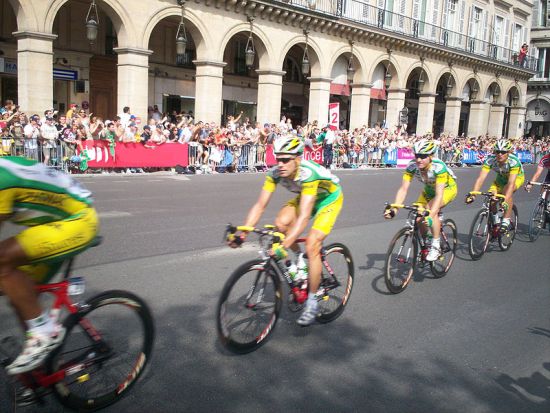
The race typically covers more than 2,200 miles (3,500 kilometers), as cyclists pedal their way across France and venture into neighboring countries such as Switzerland and Spain. The race is divided into 21 individually scored stages, the winner being the cyclist who achieves the lowest combined time overall. There is good reason why the Tour de France has been coined the most grueling sporting race, challenging even to the most accomplished athletes. While part of the route takes place over flat land and along picturesque country roads, other parts of the Tour entail steep, treacherous mountain ascents and hard-core sprints along winding roads. However winning the Tour isn't only about individual cyclists; success or failure is largely determined by Tour de France teams.
Tour de France team members have specific roles to fulfill. The team leader is the contender for the race. The domestique are riders who protect the leader by blocking the wind, stopping breakaways, and fetching food and water for the team. Sprinters tend to be large, strong cyclists who specialize in the winning the secondary race of the Tour known as the Point Competition (along with the green jersey). Climbers, oftentimes small, light riders, focus on winning the Mountains Competition and being crowned King of the Mountains (as well as donning the red-and-white polka dot jersey).
Working to support their leader, Tour de France teams set in motion a series of strategies and actions to help advance their goal on the road to victory. For example, a group of racers can bunch together and form a "peloton" to maximize the efficiency of their time. The peloton can help slipstream or draft off other racers, or reduce wind resistance by protecting and shielding their leader. Members of different Tour de France teams also engage in exciting breakaways and chases, a sort of cat-and-mouse game as they all race to cross the finish line first.





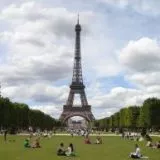
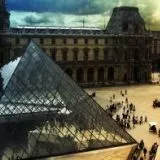
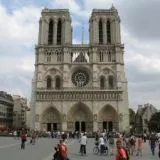
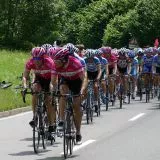
New! Comments
Have your say about what you just read! Leave me a comment in the box below.